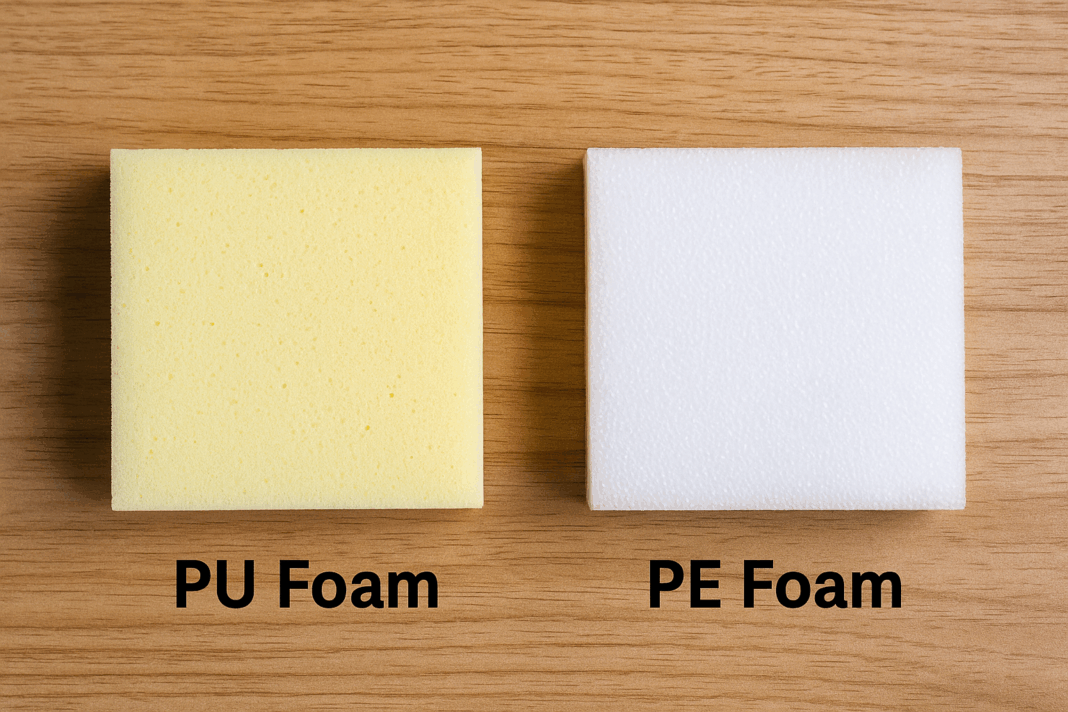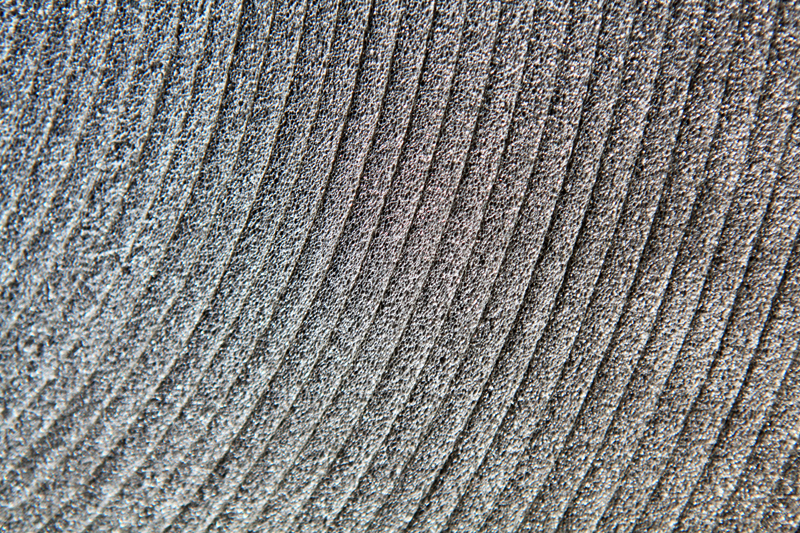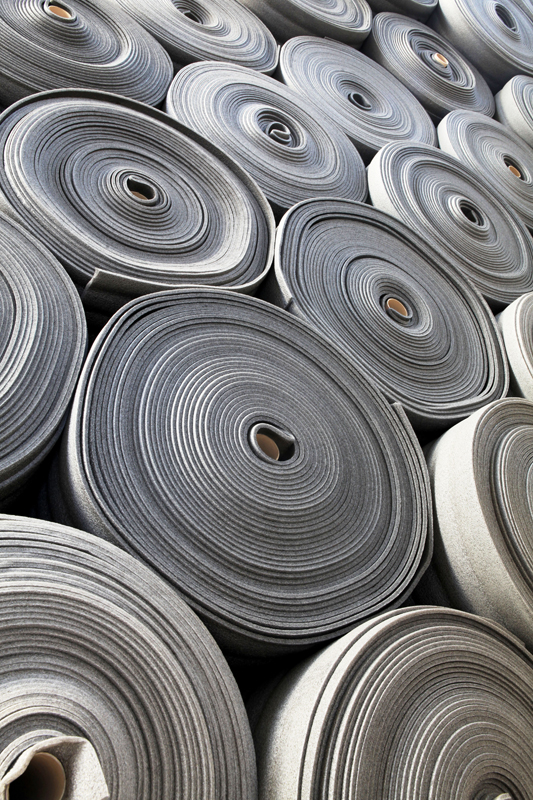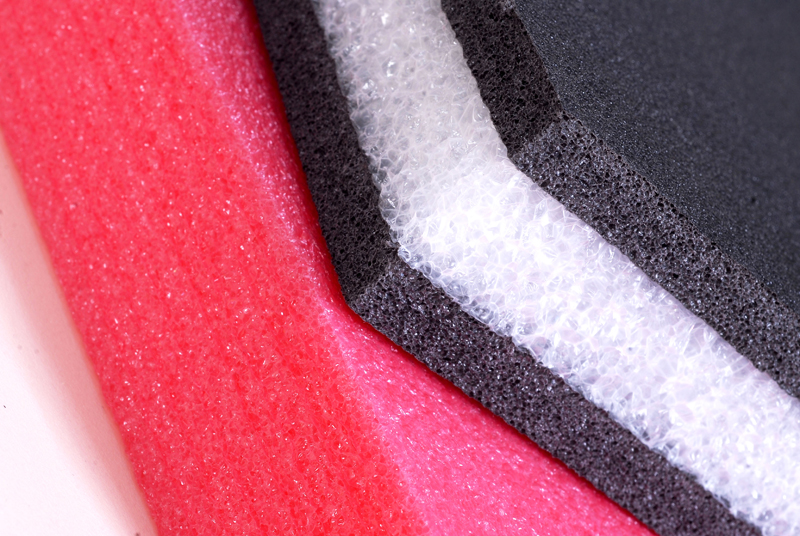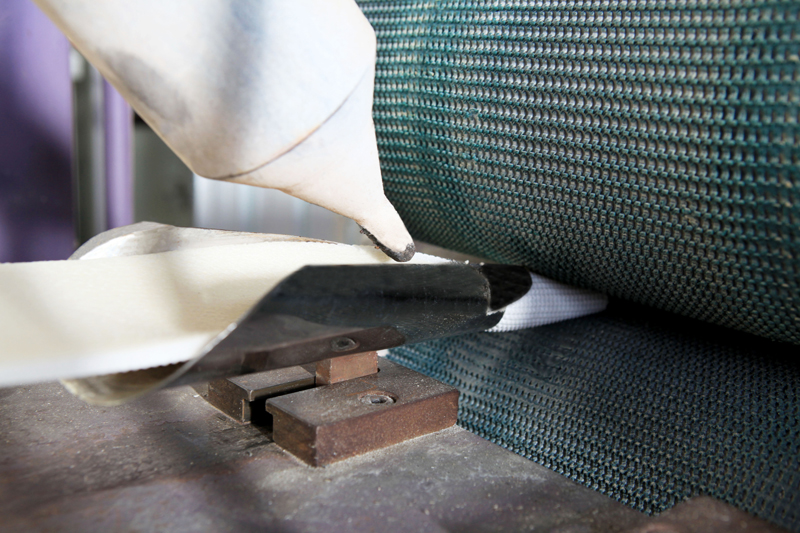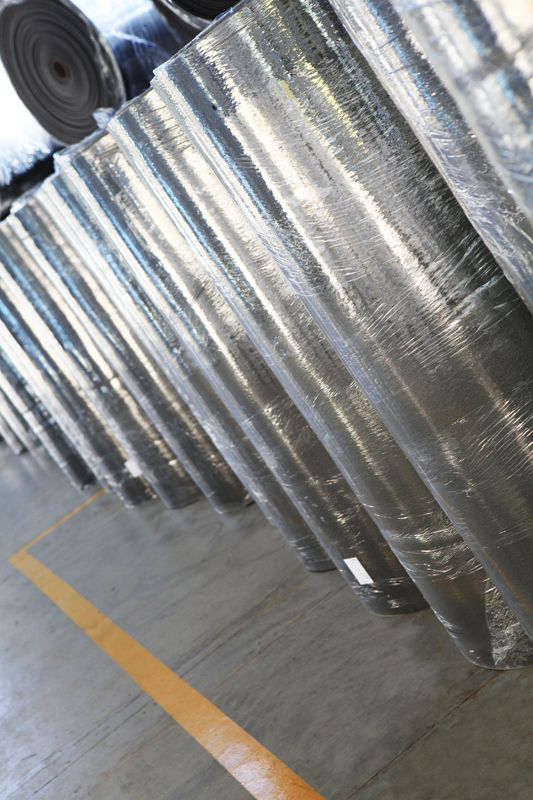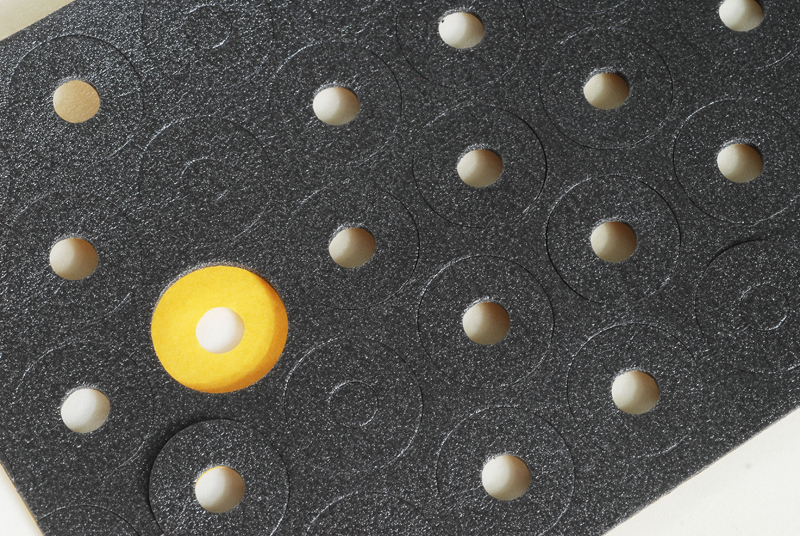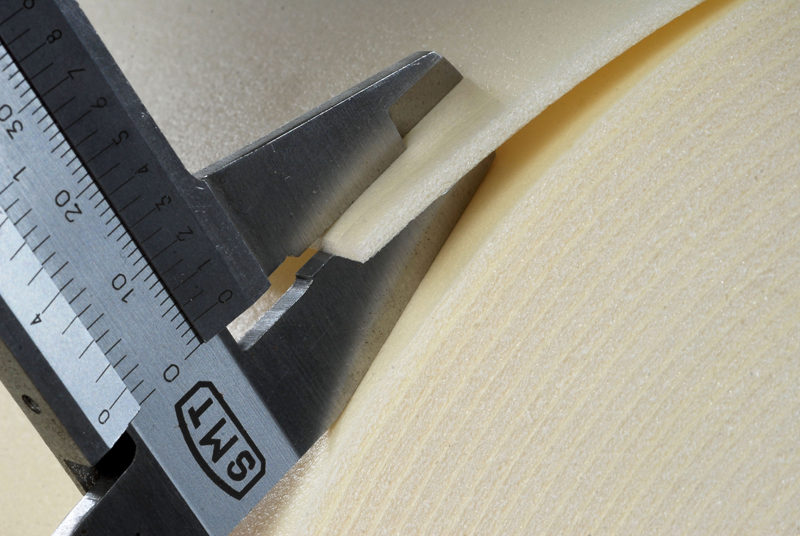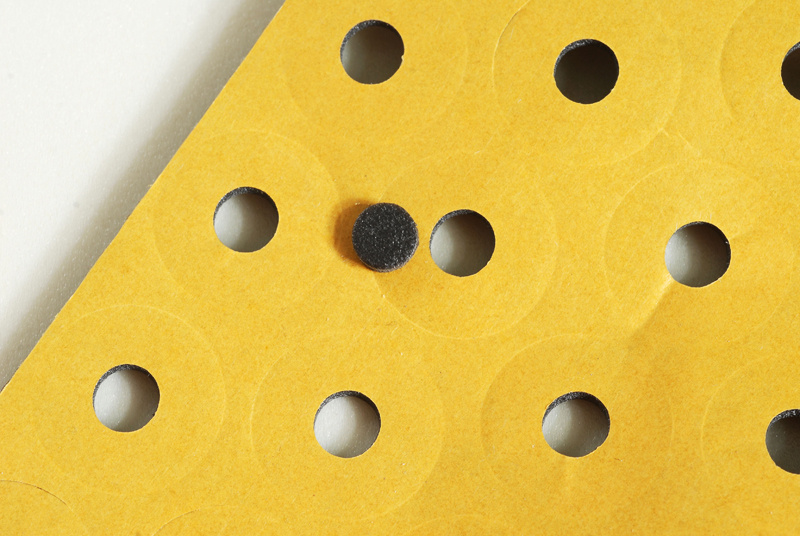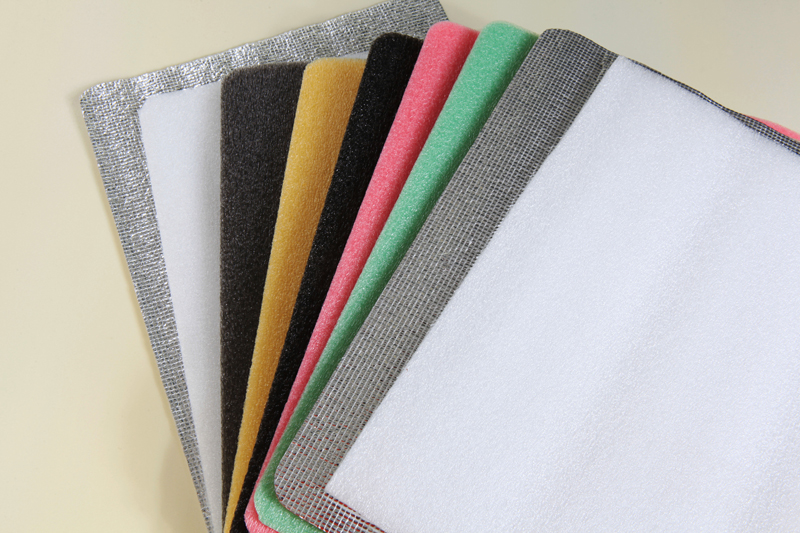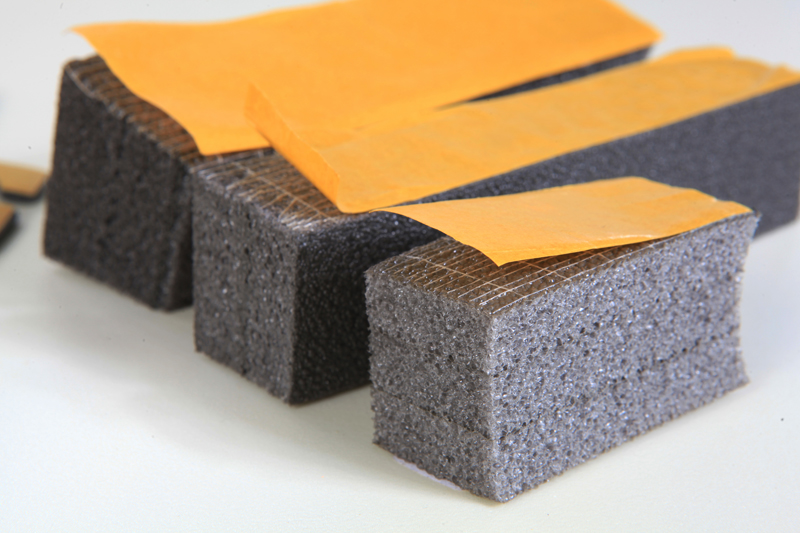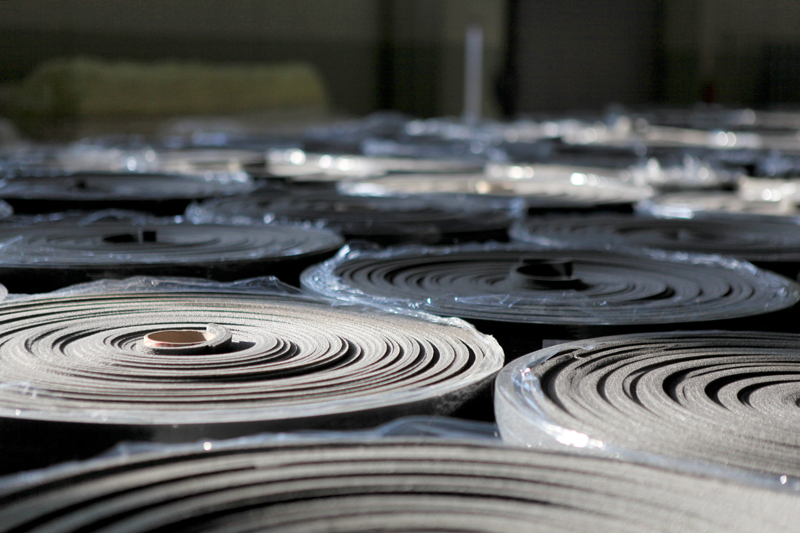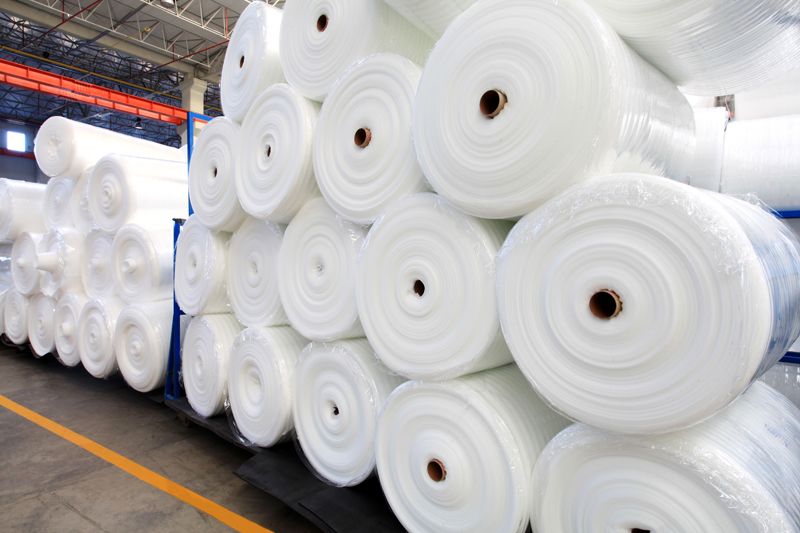The Great Foam Debate: PU vs. PE – Your Ultimate Guide to Choosing Wisely
Ever felt overwhelmed by foam choices? 🤯
I remember my first packaging project – staring at PU and PE foam samples like they were alien materials! After 15 years in material science, I’ve guided hundreds of clients through this exact dilemma. Today, I’ll share everything you need to know to make the perfect choice for your application.
Choosing between Polyurethane (PU) and Polyethylene (PE) foam isn’t just technical – it’s strategic. The wrong choice can mean damaged products, unhappy customers, and wasted money. Let’s dive deep into these material marvels! 🧪
The Core Differences: PU and PE Foam Explained
Think of PU and PE foam as cousins with different personalities:
- PU Foam: The flexible perfectionist – forms to any shape with open-cell structure
- PE Foam: The resilient protector – closed-cell structure repels moisture like a duck’s back 🦆
I once saw a medical device company lose $50,000 in shipments because they used PU foam instead of moisture-resistant PE foam. That painful lesson taught me: understanding these materials isn’t optional – it’s essential!
Head-to-Head: The Ultimate Foam Comparison
Let’s break down these materials with a detailed comparison:
| Property | PU Foam | PE Foam |
|---|---|---|
| Cell Structure | Open-cell (breathable) | Closed-cell (water-resistant) |
| Density Range | 1.5-40 lb/ft³ | 1.2-9.0 lb/ft³ |
| Cost | $$$ (Higher) | $$ (More economical) |
| Chemical Resistance | Moderate | Excellent |
| Temperature Tolerance | -20°C to 80°C | -60°C to 105°C |
| Customization | Excellent (in-mold shaping) | Good (die-cutting) |
This table tells a story: PU is your go-to for precision cushioning, while polyethylene foam shines in harsh environments. I keep both in my lab – they’re like different tools in a toolbox!
When to Choose PU Foam: The Specialist’s Choice
PU foam is my Michelangelo – perfect for applications needing artistic precision:
- Medical devices: Forms protective nests around delicate instruments
- Furniture cushioning: Provides that “just-right” comfort feel
- Acoustic panels: Open cells absorb sound waves beautifully
- Custom packaging: Molds perfectly around irregular shapes
I recently designed PU foam inserts for a drone manufacturer. The foam cradled each component like a glove, reducing shipping damage by 95%! ✨
When PE Foam Steals the Show: The All-Rounder
PE foam is your reliable workhorse – here’s where it dominates:
- Marine applications: Won’t absorb water in boat fenders
- Cold chain packaging: Maintains temperature in food/medical shipments
- Construction insulation: Creates moisture barriers in walls
- Industrial packaging: Protects heavy machinery from shocks
A fish exporter client switched to physically cross linked polyethylene foam for their coolers. Result? 99% of seafood arrived fresh versus 70% with PU! 🐟
The Cross-Linked Game Changer: Enhanced PE Foams
Not all PE foams are equal! Cross-linking supercharges their performance:
- Physical cross-linking: Electron beams create tear-resistant foam
- Chemical cross-linking: Adds extreme temperature resistance
For automotive parts shipped to desert climates, chemically cross linked polyethylene foam is my secret weapon. It withstands 120°C without breaking a sweat! 🚗
Cost Analysis: Budgeting for Your Foam Solution
Let’s talk numbers – because budgets matter:
- PU foam: 20-40% more expensive but unbeatable for custom shapes
- Standard PE foam: Most economical for basic protection
- Cross-linked PE: Mid-range pricing for premium performance
A furniture company saved $78,000 annually by switching from PU to PE foam for non-critical packaging. That’s real money!
This foam innovation center in Turkey showcases how both PU and PE solutions are advancing – where I first witnessed cross-linking technology revolutionizing material performance.
Environmental Impact: The Sustainability Showdown
Eco-conscious? Here’s how these foams stack up:
- PU foam: Harder to recycle but new plant-based options emerging
- PE foam: Easily recyclable (#4 plastic) with growing circular programs
- Both: Reduce waste by preventing product damage in transit
A client reduced their carbon footprint by 18% switching to recycled polyethylene foam – proving green choices can be smart business!
Real-World Applications: Industry-Specific Recommendations
Based on hundreds of projects, here’s my industry cheat sheet:
- Electronics: Anti-static PE foam for circuit boards
- Pharmaceuticals: PU foam for delicate vial protection
- Automotive: Cross-linked PE for vibration dampening
- Furniture: PU foam for comfortable seating cores
- Construction: PE foam for moisture-resistant insulation
When in doubt, ask: “Will my product face moisture or extreme temperatures?” If yes, PE usually wins. Need perfect contouring? PU is your friend!
Your Decision Toolkit: 5 Questions to Choose Right
Still unsure? Answer these questions I use with clients:
- What’s your budget range? (PE generally more cost-effective)
- Will moisture be present? (Closed-cell PE resists water)
- Need extreme temperature resistance? (Cross-linked PE excels)
- Require perfect contouring? (PU molds precisely)
- Is sustainability critical? (PE has better recycling options)
I’ve seen these simple questions prevent countless packaging disasters. Trust me – they work!
The Future of Foams: What’s Coming Next?
Exciting innovations are reshaping both materials:
- Smart foams: Materials that change properties on demand
- Bio-based alternatives: Sustainable feedstocks for both PU and PE
- Hybrid solutions: Combining PU’s comfort with PE’s durability
- Self-healing foams: Automatically repair minor damage
The line between PU and PE is blurring – soon we might have “best of both” materials!
Final Verdict: Making Your Foam Choice with Confidence
After 15 years and thousands of tests, here’s my honest advice:
Choose PU foam when: You need custom contouring, supreme comfort, or acoustic properties. It’s the artist of foams! 🎨
Choose PE foam when: You face moisture, extreme temperatures, or need cost-effective protection. It’s the reliable workhorse! 🐎
Remember that specialized physically cross linked polyethylene foam offers incredible durability for demanding applications, while PU remains unbeatable for precision cushioning.
The “best” foam doesn’t exist – only the best foam FOR YOUR NEEDS. Choose wisely, and your products will thank you with safe arrivals and happy customers! 🎁
Still have foam dilemmas? Share your application below – I’ll help you decide! 💬


